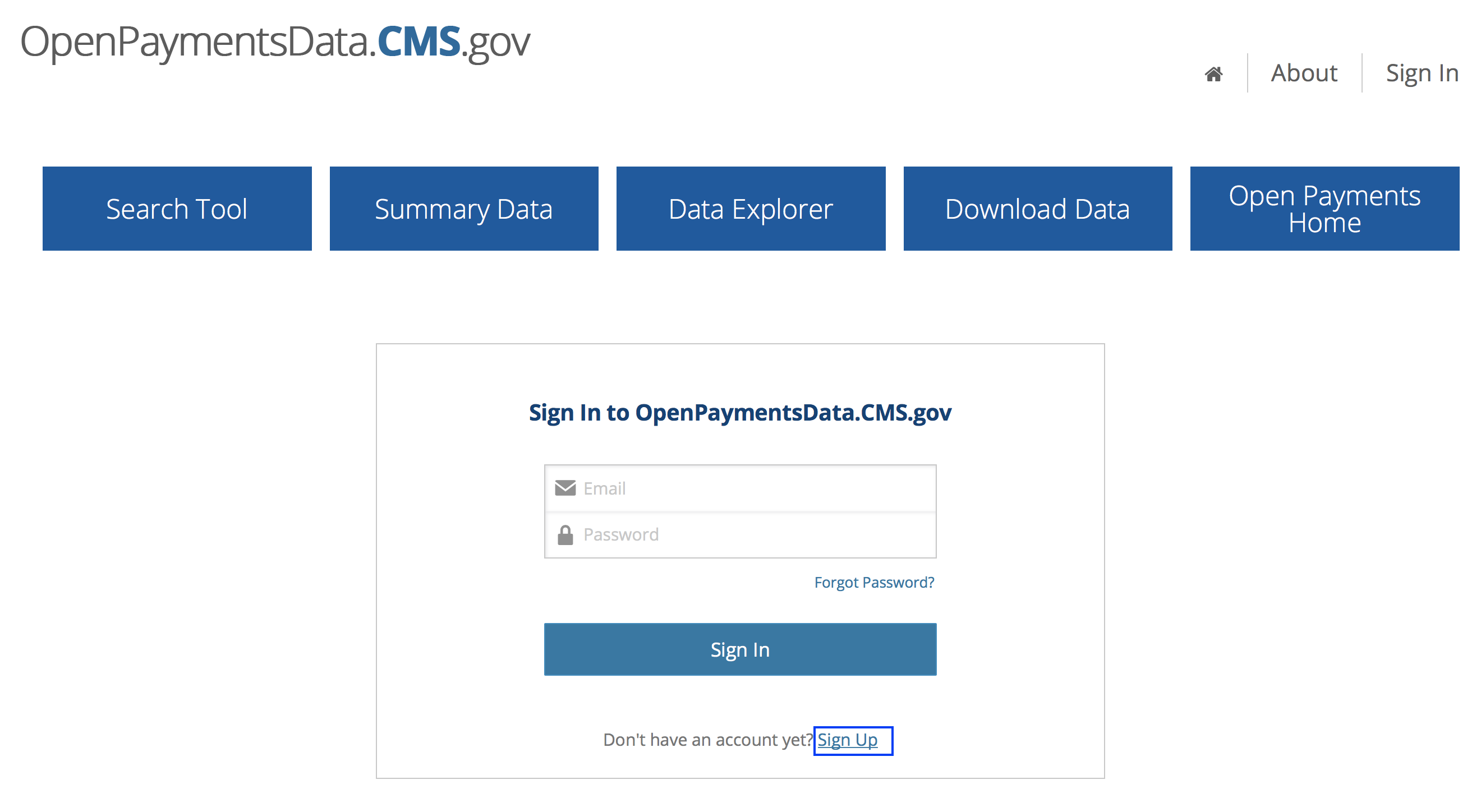The term NoSQL was first used by Carlo Strozzi, who, in 1998, released the Strozzi NoSQL opensource relational database. In the late 2000s, new paradigms in database architecture emerged, many of which did not adhere to the strict constraints required of relational database systems. These databases, due to their non-conformity with standard database conventions such as ACID compliance, were soon grouped under a broad category known as NoSQL.
Each NoSQL database claims to be optimal for certain use cases. Although few of them would fit the requirements to be a general-purpose database management system, they all leverage a few common themes across the spectrum of NoSQL systems.
In this chapter, we will visit some of the broad categories of NoSQL database management systems. We will discuss the primary drivers that initiated the migration to NoSQL database systems and how such databases solved specific business needs that led to their widespread adoption...






